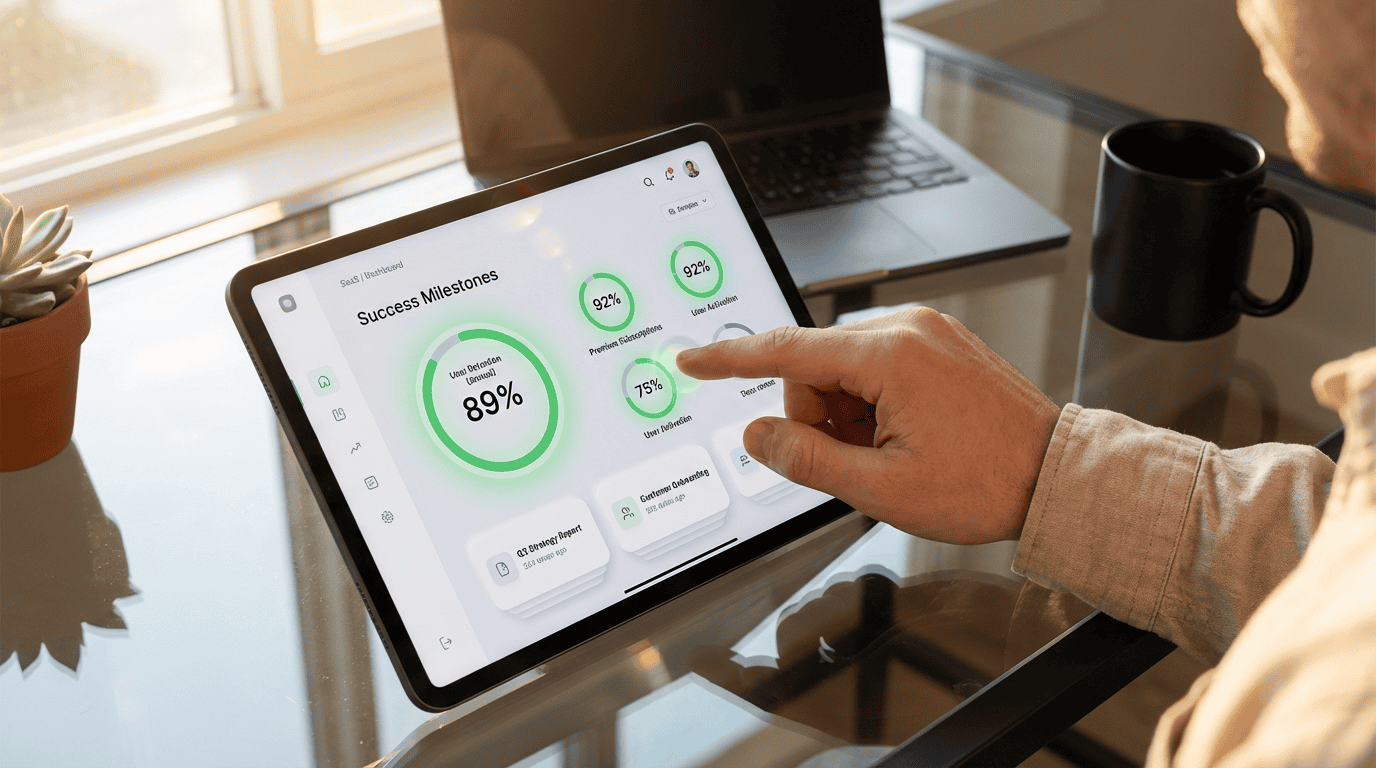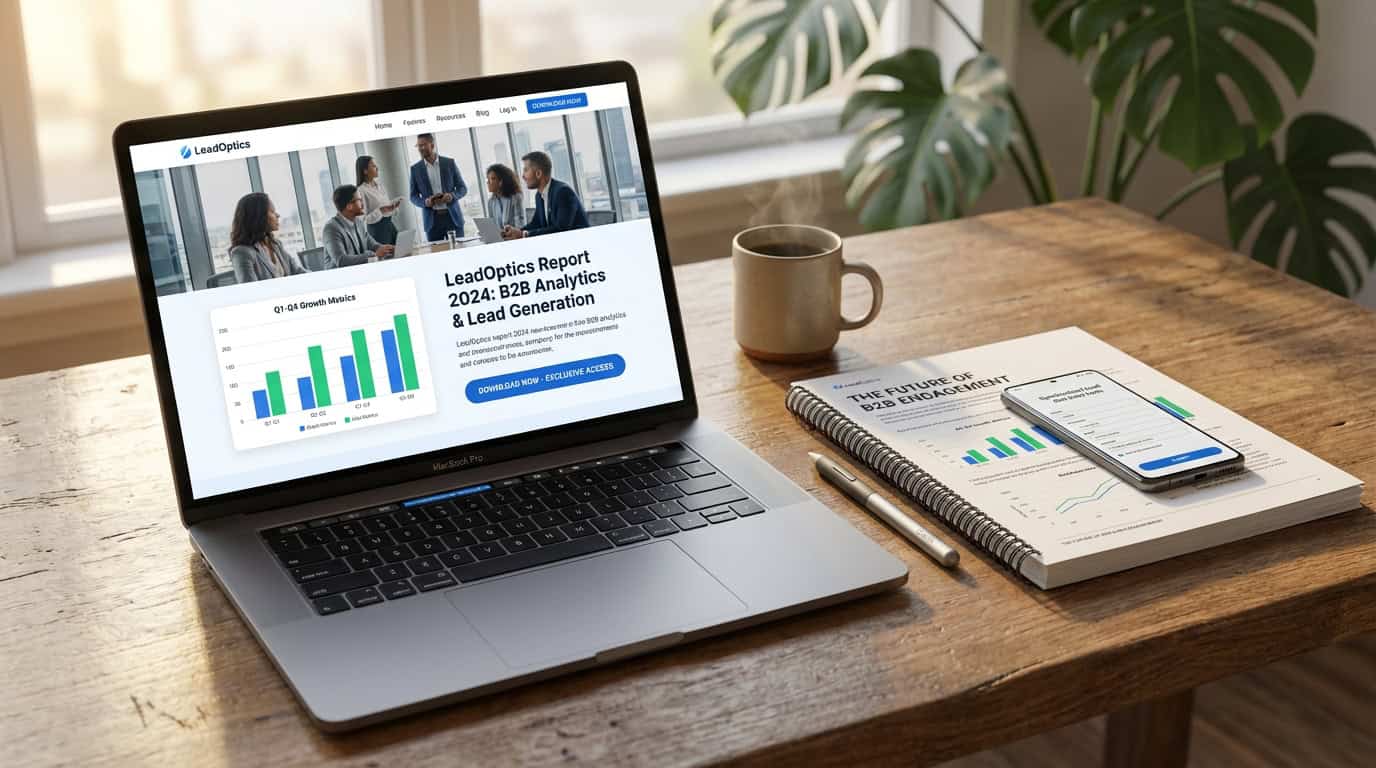How to create a website? Is it really that simple?
The web has become a powerful tool for businesses and individuals alike. Whether you want to start a blog or sell products online, creating a website is easier than ever before. In this guide, we will guide you step by step on how to create a website.
Key Takeaways
- Understand the Website Purpose: Before starting, clearly define the type of website you want to create—whether it’s for business, personal use, or a portfolio.
- Choose the Right Platform: Depending on your technical skills and budget, decide between a content management system (CMS) or a website builder for an easy-to-use and customizable site.
- Optimize for SEO: Utilize tools like Yoast SEO and ensure your site is mobile-friendly to improve your site’s visibility and performance in search engines.
- Promote Your Website: Once live, utilize social media marketing, paid ads, and other digital strategies to drive traffic and engage with your audience effectively.
But before anything else, you have to know what exactly is a website.

What is a website?
A website is an internet address (URL) where people can access information, products, services, and other resources from any computer with an Internet connection. It’s like having a storefront where customers can come in and browse through your products and services. Websites can range from personal blogs to e-commerce stores.
Why should I have a website?
Having a website is important because it allows you to reach out to potential clients and customers. You can share information about yourself, your company, your product or service, and anything else that you would like to promote. Having a website also helps you build credibility and authority in your industry. If you are looking to get into business, starting a blog can help you gain experience and establish yourself as an expert in your field.
Now you are aware what exactly is a website and why you should have one, you can now follow this step-by-step guide in building one.
STEP 1: Know what type of website you will create.
There are three main categories of websites: Business Websites, Personal Websites, and Portfolio Websites.
Business Websites
These are sites that are designed specifically for business purposes. They usually have a focus on selling goods and/or services. Examples include e-Commerce Stores, Blogs, Online Resumes, and more.
Personal Websites
These are sites that are created primarily for personal use. They may contain information about hobbies, interests, family, friends, and more. Examples include social media profiles, photo albums, and portfolios.
Portfolio Websites
These are websites that showcase work produced by designers, artists, photographers, writers, filmmakers, musicians, and more. They often serve as portfolio pieces for potential clients.
STEP 2: Set goals for your website.
Before starting a website, it’s very important to know what you want to achieve. Your goals should be clear and focused.
You need to set specific goals for your site, such as selling services, giving visitors a place to learn about your company, expressing your brand identity, sharing news and announcements, highlighting customer reviews, turning website visitors into leads, growing your online presence, etc.
Your site should be organized so that people can easily browse your collection. You may offer first time buyers discounts to encourage sales. You may choose to accept credit cards or PayPal as forms of payments. You must think about these things before starting your website.
STEP 3: Pick the right platform.
before creating a website, you need to decide whether you will do it via a CMS or a website builder.
Content management systems are software that allow you to create, edit, manage, and publish content online. This includes blogs, forums, galleries, wikis, and other types of web pages. There are many different CMSs available today, including WordPress, Drupal, Joomla, and others.
n the other hand, a site builder is a program or a tool that simplifies website construction even more. A website builder gives you access to high quality templates and a user- friendly drag-and-drop design interface. Whether you’re looking for a simple website or a complex ecommerce store, there are many options available.
When you choose a platform for your site, there are some things you need to consider, such as:
– Technical knowledge. Some website builders have a steeper learning curves than others. Consider your technical skills to make the website development process more manageable.
– Cost. Find a platform suitable. Check if you’ll be able to upgrade later on.
– Support. Depending on your website’s type, some may require more help than others. A busy professional website will need immediate support when there is an error, while a small personal blog might rely on community support alone (i.e., forums).
– Time. Will you have enough time to build your website? It takes time to learn how to use a new system. If you don’t have much free time, then stick with a CMS. Otherwise, go for a website builder.
– Design. Choose a template that fits your needs.
STEP 4: Choose a Domain Name.
Once you’ve decided which type of website you’d like to build, you’ll need to decide on a domain name. This is the URL of your website.
Your website should be easy to remember, and it should be memorable. You need a domain name that is short, clear, and easily remembered.
Check if the domain you want is available before buying it. Domain names are very important for any website. You should always buy a domain name that suits your needs. Do not forget that you need to register a domain name before you start building a website. Make sure that the domain name you choose is available on both domain registrars and social media platforms.
STEP 5: Hosting Your Own Site
Once you’ve purchased a domain name, you’ll need to find a place to host your website. There are many options out there including Bluehost, Dreamhost, Hostgator, and others. The most popular option is probably Bluehost because they offer great customer service and support. You can get started for free when signing up for a one month trial. After that, it costs only $3.95 per month.
STEP 6: Decide on a layout

With your chosen platform, you can now start actually creating your website, and to do this, you will have to have a layout.
There are many different types of themes with various layouts available for your website. Each type of theme is designed to fit a specific business model. Businesses should use them to help create an effective online presence.
For example, if you sell clothing, then you might want to use a fashion theme. A restaurant owner might prefer a food theme.Theme comes with built-in features such as a built-in search bar, featured images, and social sharing options.
Choose a theme with the design aesthetic you want, such as clean and simple. Also, consider what you need based on your site’s goals. For example if you want to make products easy to find, look for a theme that has an auto-fill search box. If you want to showcase awards and accolades, look for a theme containing a media section.
Don’t pick themes based on colors or font style because you can change these details later.
Test different themes before committing to one. You’re never stuck to a theme. If you don’t like a specific theme’s responsive design on mobiles, you can install another one without recreating all of your webpages.
STEP 7: Have relevant webpages
A relevant page on your website should be different for each business type. For example, if you’re running an e-commerce store, you may need a products page or a collection page. If you’re a freelancer, you may want to create a portfolio page.
Your website needs to do more then simply promote your business. It also needs to build trust with your visitors and help them understand what kind of business you run. You may want to include standard pages such as a contact page, about us page, and terms of use page.
– Homepage. This is the front door to your website. It communicates who you are and what services you offer. Use the homepage to impress visitors and guide them toward buying products or services. – Product or service pages should be created that explain your offerings and help customers buy.
– Contact Page. A contact page allows customers to get in touch if there are any problems. You can also use a contact form to allow people to submit their information and send messages to your support team.
– FAQ page. Here you should answer common questions people have regarding your business. It’s an easy way to encourage self-serve and free up customer service teams.
– About page. A page that explains your business model. About page helps connect with visitor and builds trust between them. You can also add link to your profiles across social network.
– Policy pages. No mater what business model you have certain legal policies you’ll want to follow. For example you’ll need a return policies and a shipping policy.
You don’t have to stop here. Aim to create any page that builds trust with customers, such a blog post or buyer’s guide, and show your offering as best possible.

STEP 8: Optimize your site.
Yoast SEO plugin helps to optimize your site. It provides automatic technical SEO improvements and advanced xml sitemaps. Google XML Sitemap plugin automatically creates a complete XML sitemaps for your WordPress site, making it easier for crawlers to index your content.Broken link checker – prevents search engines from picking-up broken links on your site. W3 total cache – minimizes download time by enhancing site speed up to ten times. Not to mention SEO can also raise brand recognition. Certain business websites, like technology companies, generate double revenue from organic searches. This can be improved by SEO.Mobile responsiveness allows users to view your website on more devices such as tablets or phones. Users can also use their finger instead of clicking on links.
STEP 9: Test and publish your website
A professional website is a great place to start your business. You’ll want to test your site before you launch. Make sure it works well on different devices and platforms. Check out your site’s speed and usability. If you follow these steps, your new business website will be ready to go live.
STEP 10: Promote your website.
Once you’ve built a good looking website, it’s time to promote it. There are many ways to promote your website, but one of the most effective methods is through social media marketing. Social networks like Facebook, Twitter, LinkedIn, Instagram, Pinterest, etc., are all excellent places to spread the word about your new business. You can even set up a landing page where people can sign-up to receive updates. Once your potential clients see your website they’ll know who you are and what you do. They may not buy right away, but they’ll definitely remember you when they’re ready to make a purchase.
Conclusion
Creating a website is an essential step toward establishing a digital presence, whether you’re running a business, a personal blog, or showcasing a portfolio. While the process may seem overwhelming at first, breaking it down into manageable steps—such as choosing the right platform, domain name, and layout—makes it far more approachable. Once your site is live, optimizing for SEO, ensuring mobile responsiveness, and testing for usability will help you build a site that not only looks great but performs well too.
Don’t forget that promoting your website through social media, digital marketing, and consistent content updates is key to reaching a broader audience and keeping your visitors engaged. If you’re looking for expert guidance in creating or maintaining your website, Dig Designs offers a range of services including UX & Web Development, social media marketing, SEO, outreach marketing, and website management. Let us help you take your online presence to the next level.
Ready to launch your website? With the right strategy and tools, you can create an online presence that’s both effective and lasting!
Already have a website and now looking to maintain it? We have plans just for you!



